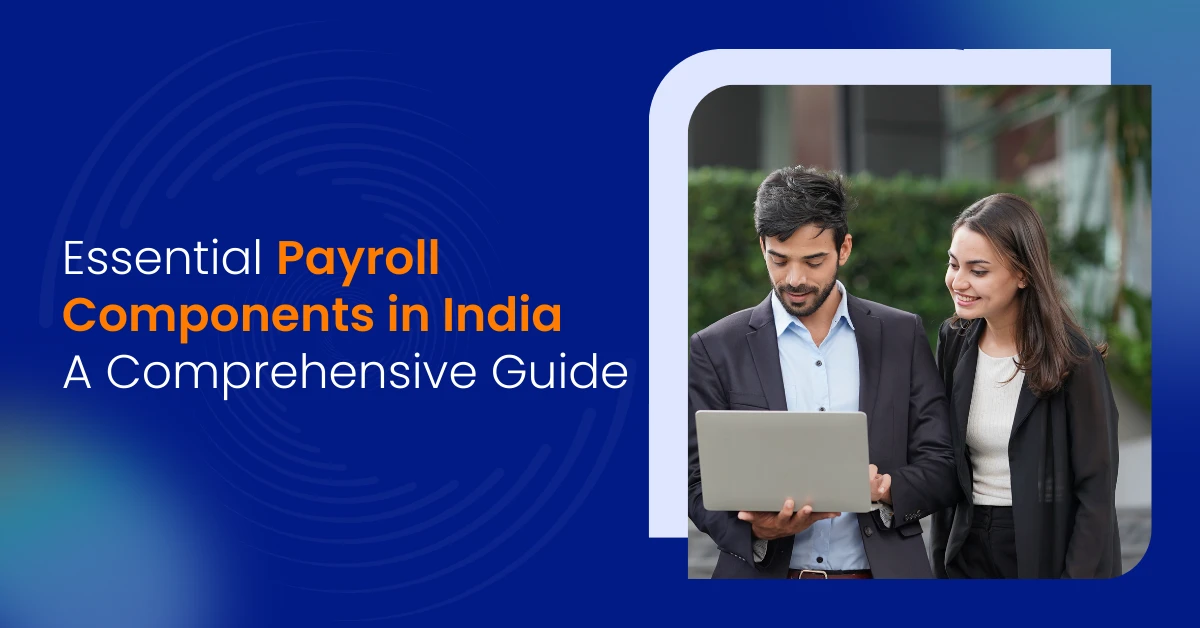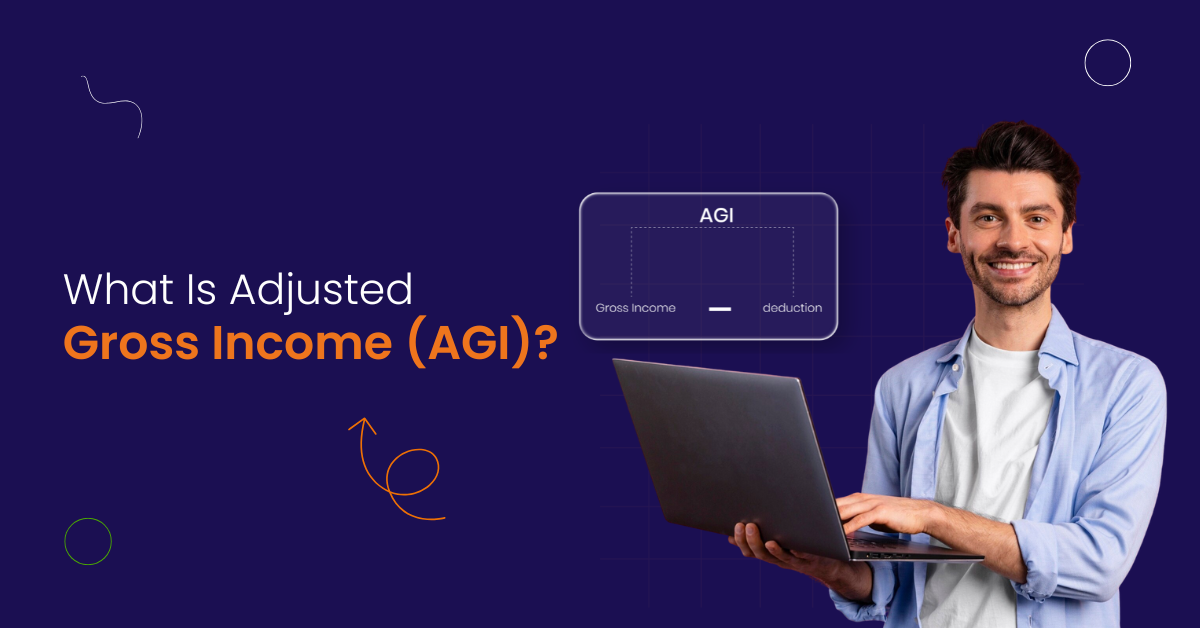Introduction to Payroll in India
- Payroll in India involves managing employee salaries, including gross salary and net salary calculations.
- It requires compliance with the Income Tax Act and other regulations, such as professional tax and provident fund deductions.
- Understanding payroll structure in India is crucial for effective payroll management and processing.
- Payroll processing in India includes pre-payroll activities, payroll calculation, and post-payroll activities, following a systematic process to ensure accuracy and compliance.
Payroll in India is a multifaceted process that encompasses various elements beyond just salary disbursement. It integrates statutory compliance, employee benefits, and tax regulations, making it essential for businesses to have a clear understanding of all payroll components. The payroll process ensures that employees receive their rightful compensation while the organization adheres to legal mandates such as the Income Tax Act, Professional Tax Payment, Labour Welfare Fund contributions, and Employee Provident Fund (EPF) regulations. Efficient payroll management not only fosters employee satisfaction but also mitigates risks associated with non-compliance, such as penalties and legal disputes. Modern payroll software solutions, like those offered by Bharat Payroll, leverage automation and AI to simplify these complexities, ensuring timely and accurate payment processing while maintaining compliance with evolving laws.
Payroll Structure and Components
- The payroll structure in India typically includes basic salary, allowances, and deductions, such as house rent allowance and conveyance allowance.
- Salary components, including gross salary and net salary, are calculated based on the employee’s basic pay and other factors. Net salary is the amount an employee takes home after all deductions from the gross salary.
- Employee benefits, such as employee state insurance and provident fund, are also part of the payroll structure.
- Tax deductions, including tax deducted at source, are applied to the employee’s salary.
The salary structure in India is designed to encompass various components that collectively define an employee’s total compensation. The basic salary forms the foundation, typically constituting 40-50% of the gross salary, and serves as the basis for calculating other benefits and statutory contributions. Allowances like House Rent Allowance (HRA), Dearness Allowance (DA), and Conveyance Allowance are added to address specific employee needs and living expenses. Some allowances are fully taxable, while others may offer tax exemptions or partial tax benefits. Deductions include statutory contributions such as Employee Provident Fund (EPF), Employee State Insurance (ESI), Professional Tax Payment, and Tax Deducted at Source (TDS). Additionally, companies may provide variable pay components like bonuses and performance incentives to reward employees. Understanding the interplay of these salary components is critical for accurate payroll calculation and compliance with tax regulations.
Employee Benefits and Deductions
- Employee benefits in India include medical benefits, health insurance, and other allowances, such as travel allowance and dearness allowance.
- Deductions, such as professional tax and income tax, are made from the employee’s salary.
- The employer’s contribution to provident fund and employee state insurance is also an essential part of payroll processing. Employee State Insurance (ESI) is a social security initiative that provides employees with financial and medical benefits and is mandatory for establishments with ten or more employees.
- Employees can claim tax benefits on certain deductions, such as house rent allowance and medical expenses.
Employee benefits play a vital role in the overall compensation package and employee satisfaction. Medical benefits and health insurance schemes provide financial security against health-related expenses. Travel allowance reimburses actual travel costs incurred by employees, often subject to tax exemptions within prescribed limits. Dearness Allowance (DA) helps offset inflationary effects, particularly for government employees. Deductions such as Professional Tax Payment, mandated by state governments, are deducted from the employee’s pay and remitted accordingly. The employer’s contributions toward the Employee Provident Fund and Employee State Insurance Corporation are also critical statutory obligations, ensuring social security and retirement benefits. Proper management of these benefits and deductions is essential for compliance and optimizing tax benefits for employees.
Payroll Calculation and Compliance
- Payroll calculation in India involves calculating gross salary, net salary, and tax deductions, including tax deducted at source.
- Compliance with statutory regulations, such as the Income Tax Act and employee state insurance corporation, is essential. Employers are responsible for making all required statutory payments related to payroll, including taxes and contributions.
- Payroll software can help automate payroll calculations and ensure compliance with statutory compliances.
- Timely and accurate payment of salaries and statutory payments is critical for payroll compliance.
Calculating payroll accurately requires a comprehensive understanding of salary components and statutory deductions. The gross salary includes basic salary, allowances, bonuses, and variable pay. From this, statutory deductions such as Employee Provident Fund contributions, Professional Tax Payment, Employee State Insurance, and Tax Deducted at Source (TDS) are subtracted to arrive at the net salary or employee’s pay. Compliance with the Income Tax Act and other labor laws is mandatory to avoid penalties. Payroll software solutions automate these calculations, ensuring adherence to the latest tax slabs and deduction rules. They also facilitate timely disbursal of salary payments and statutory payments to government authorities, streamlining payroll processing and enhancing accuracy.
Payroll Technology and Automation
- Automated payroll software can streamline payroll processing in India and reduce errors.
- Payroll technology can help with payroll calculations, tax deductions, and compliance with statutory regulations.
- Online payroll software can also provide employee self-service portals and mobile access to payroll information.
- Automated payroll systems can help reduce the workload of the payroll department and improve efficiency.
The integration of payroll technology and automation has revolutionized payroll management in India. Automated payroll software minimizes human errors common in spreadsheet based payroll management and ensures compliance with complex statutory requirements. These platforms handle payroll calculation, tax deductions, and statutory compliance seamlessly, providing real-time updates aligned with changes in labor laws. Employee self-service portals empower employees to access their payroll details, update bank account details, and download payslips, enhancing transparency and reducing administrative burden. Mobile access further facilitates ease of use. Automation not only improves efficiency but also ensures timely and accurate payment of employee salaries and statutory contributions.
Payroll Policies and Procedures
- Payroll policies and procedures should be clearly defined and communicated to employees.
- Policies should include guidelines on salary structure, employee benefits, and tax deductions.
- Procedures should outline the payroll process, including pre-payroll activities, payroll calculation, and post-payroll activities. The payroll process must be done every single month without fail to ensure employees are paid on time and correctly.
- Regular review and update of payroll policies and procedures are necessary to ensure compliance with changing regulations.
Establishing clear payroll policies and procedures is fundamental to effective payroll management. These policies define the salary structure, including basic salary, allowances, variable pay, and deductions such as professional tax and provident fund contributions. Procedures detail the payroll cycle, encompassing pre-payroll activities like collecting employee information and attendance data, payroll calculation including gross and net salary computations, and post-payroll activities such as salary disbursement and statutory filings. Regular reviews ensure the payroll framework remains compliant with evolving labor laws and tax regulations, including the Income Tax Act. Transparent communication of these policies to employees fosters trust and clarity regarding their employee compensation.
Employee Information and Data Management
- Accurate and up-to-date employee information is essential for payroll processing.
- Employee data, including bank account details and salary structure, should be securely stored and managed.
- Employee self-service portals can help employees access and update their personal and payroll information.
- Data protection and security measures should be in place to prevent unauthorized access to employee data.
Managing employee information securely is a critical aspect of payroll processing. Accurate data such as bank account details, PAN, Aadhaar, and salary structure are necessary for calculating payroll components correctly and ensuring timely salary payments. Employees should receive payslips detailing their earnings and deductions for a specific pay period. Employee self-service portals allow employees to view and update their details, reducing administrative workload and improving data accuracy. Given the sensitivity of payroll data, robust data protection measures including encryption, access controls, and compliance with data privacy laws are essential to safeguard against unauthorized access and data breaches. Proper data management supports audit readiness and payroll compliance.
Payroll Audit and Reporting
- Regular payroll audits are necessary to ensure compliance with statutory regulations and accuracy of payroll calculations.
- Payroll reports should be generated regularly to provide insights into payroll expenses and employee salaries.
- Audit reports can help identify errors and discrepancies in payroll processing.
- Payroll software can provide automated reporting and analytics to support payroll management.
Conducting regular payroll audits helps organizations verify the accuracy of payroll calculations and adherence to statutory compliance, including deductions for professional tax payment, provident fund, and income tax. Detailed payroll reports offer insights into payroll expenses, employee salaries, and tax liabilities, facilitating informed decision-making. Automated payroll software generates audit-ready reports and analytics, identifying discrepancies or errors promptly. These capabilities enhance transparency, reduce risks of non-compliance, and support continuous improvement in payroll management.
Payroll Management and Administration
- Effective payroll management requires a deep understanding of payroll regulations and compliance requirements.
- Payroll administration involves managing payroll processing, employee benefits, and tax deductions.
- Payroll managers should be knowledgeable about labor welfare fund, employee salaries, and salary structures in India.
- Strong communication and interpersonal skills are essential for payroll managers to interact with employees and other stakeholders.
Successful payroll management encompasses overseeing payroll processing, ensuring statutory compliance, administering employee benefits, and managing tax deductions. Payroll managers must be well-versed in regulations related to labor welfare fund contributions, professional tax payment, provident fund, and other statutory requirements. They play a critical role in maintaining accurate employee salary records and ensuring the payroll structure aligns with legal mandates. Effective communication with employees and coordination with finance and HR departments are essential to resolve queries and maintain smooth payroll operations. Leveraging AI-driven payroll tools can enhance accuracy, compliance, and operational efficiency.
Payroll Best Practices and Benchmarking
- Best practices in payroll processing include timely and accurate payment of salaries, compliance with statutory regulations, and secure data management.
- Benchmarking with industry peers can help identify areas for improvement in payroll management.
- Continuous training and development of payroll staff can help stay up-to-date with changing regulations and best practices.
- Regular review and assessment of payroll processes can help identify opportunities for improvement and optimization.
Adhering to best practices in payroll processing ensures compliance with statutory regulations, timely salary payments, and secure handling of employee data. Benchmarking payroll processes against industry standards helps organizations identify gaps and implement improvements. Continuous training equips payroll staff with the latest knowledge on tax laws, labor regulations, and payroll software functionalities. Regular assessments and audits of payroll procedures foster operational excellence and mitigate risks. Integrating advanced payroll automation and benchmarking tools facilitates these practices, promoting a robust payroll management framework.
Payroll Security and Data Protection
- Payroll data, including employee personal and financial information, should be securely stored and protected.
- Data protection measures, such as encryption and access controls, should be in place to prevent unauthorized access.
- Payroll software should be designed with security features to protect employee data.
- Regular security audits and risk assessments can help identify vulnerabilities and prevent data breaches.
Protecting payroll data is paramount to maintaining employee trust and complying with data privacy regulations. Sensitive information such as bank account details, salary components, and tax deductions must be safeguarded through encryption, role-based access controls, and secure storage solutions. Payroll software should incorporate multi-layered security features to prevent unauthorized access and data leaks. Conducting regular security audits and risk assessments helps identify potential vulnerabilities, enabling proactive measures to enhance data protection. A secure payroll system is integral to comprehensive payroll management.
Payroll Training and Development
- Payroll training and development programs should be provided to payroll staff to enhance their knowledge and skills.
- Training programs should cover topics such as payroll regulations, compliance requirements, and payroll software.
- Continuous learning and professional development can help payroll staff stay up-to-date with changing regulations and best practices.
- Certification programs, such as certified payroll professional, can help demonstrate expertise and commitment to the field.
Investing in payroll training and development ensures that payroll staff remain knowledgeable about the latest statutory regulations, tax laws, and payroll software capabilities. Training programs should cover critical areas such as payroll components in India, statutory deductions, compliance payment computations, and the use of automated payroll software. Continuous professional development and certifications enhance the credibility and efficiency of payroll teams, enabling them to manage complex payroll processes accurately and compliantly.
Payroll Outsourcing and Consulting
- Payroll outsourcing can help organizations streamline payroll processing and reduce costs.
- Payroll consulting services can provide expert advice and guidance on payroll management and compliance.
- Outsourcing payroll can help organizations focus on core business activities and improve efficiency.
- Consulting services can help organizations optimize payroll processes and improve compliance with statutory regulations.
Outsourcing payroll functions allows organizations to leverage specialized expertise, reduce administrative burdens, and ensure compliance with statutory requirements such as provident fund, professional tax payment, and income tax deductions. Payroll consulting services offer strategic guidance on optimizing payroll structures, managing labor welfare fund contributions, and navigating complex regulatory landscapes. By partnering with experienced providers like Bharat Payroll, businesses can enhance payroll accuracy, streamline processing, and focus on core operational priorities.
Payroll Regulations and Legislation
- Payroll regulations in India are governed by various laws, including the Income Tax Act and employee state insurance corporation.
- Legislation, such as the Payment of Wages Act, regulates payroll processing and employee salaries. Every employee in India is taxed at different rates based on their salary brackets as stipulated in the Income Tax Act.
- Regular updates and changes to regulations require payroll managers to stay informed and adapt to new requirements.
- Compliance with payroll regulations is essential to avoid penalties and fines.
Payroll in India is governed by a comprehensive legal framework, including the Income Tax Act, Payment of Wages Act, Employees’ Provident Fund Act, and Employee State Insurance Corporation regulations. These laws mandate specific payroll components, statutory deductions, and compliance procedures. Payroll managers must stay abreast of legislative changes affecting professional tax payment, labor welfare fund contributions, and tax slabs under the income tax department. Non-compliance can result in penalties, legal actions, and reputational damage. Utilizing payroll software with built-in regulatory updates helps maintain continuous compliance.
Payroll Industry Trends and Insights
- The payroll industry in India is evolving, with increasing adoption of automated payroll software and online payroll services.
- Trends, such as cloud-based payroll and mobile payroll, are changing the way payroll is managed and processed. The majority of companies prefer automated systems to reduce errors in payroll calculations.
- Insights from industry experts and research reports can help organizations stay informed about best practices and new developments.
- The future of payroll in India will be shaped by technology, changing regulations, and evolving employee expectations.
The payroll industry in India is witnessing rapid transformation driven by technological advancements and regulatory changes. Cloud-based payroll solutions and mobile accessibility are becoming standard, allowing for real-time payroll processing and enhanced employee engagement. Automation reduces reliance on spreadsheet based payroll management, minimizes errors, and ensures timely statutory payments. Additionally, growing awareness of employee rights and benefits is influencing payroll structures and compliance standards. Staying informed through industry insights enables organizations to adopt best practices and future-proof their payroll systems.
Conclusion
- Payroll management in India requires a deep understanding of payroll regulations, compliance requirements, and best practices.
- Effective payroll management involves timely and accurate payment of salaries, compliance with statutory regulations, and secure data management.
- Payroll software and technology can help streamline payroll processing and improve efficiency.
- Continuous learning and professional development are essential for payroll staff to stay up-to-date with changing regulations and best practices.
Efficient payroll management is a cornerstone of organizational success in India. It demands meticulous attention to payroll components in India, statutory compliance including provident fund and professional tax payment, and adoption of best practices. Leveraging advanced payroll software and automation not only enhances accuracy and compliance but also improves employee satisfaction through timely and transparent salary payments. Ongoing training and awareness of legislative changes empower payroll professionals to navigate complexities confidently. Embracing technology and expert solutions like Bharat Payroll ensures a streamlined, compliant, and future-ready payroll process.
Unlock the Secrets of Payroll in India
Frequently Asked Questions (FAQs)
1. What are the major payroll components in India?
The major payroll components in India include basic salary, allowances such as house rent allowance (HRA), dearness allowance (DA), conveyance allowance, bonuses, and statutory deductions like provident fund (PF), employee state insurance (ESI), professional tax, and tax deducted at source (TDS).
2. How is gross salary different from net salary?
Gross salary is the total amount an employee earns before any deductions, including basic pay and allowances. Net salary, or take-home pay, is the amount left after deducting taxes, provident fund contributions, professional tax, and other statutory deductions.
3. What statutory deductions are applicable in Indian payroll?
Statutory deductions typically include provident fund (PF), employee state insurance (ESI), professional tax, and tax deducted at source (TDS) as per the Income Tax Act and other government regulations.
4. What is the payroll cycle in India?
The payroll cycle in India is most commonly monthly, where salary payments are processed and disbursed to employees’ bank accounts every month. Some organizations may have bi-weekly or weekly cycles depending on their policies.
5. How does house rent allowance (HRA) affect tax liability?
HRA is partially tax-exempt depending on the employee’s salary, rent paid, and city of residence. Employees can claim tax exemption on HRA under certain conditions, reducing their taxable income and overall tax liability.
6. Are all allowances taxable?
No, some allowances like medical allowance and travel allowance may be tax-exempt up to certain limits, while others are fully taxable. It depends on the nature of the allowance and compliance with tax regulations.
7. What is the role of payroll software in payroll processing?
Payroll software automates payroll calculation, tax deductions, statutory compliance, and salary disbursal, ensuring timely and accurate payment while reducing manual errors and administrative burden.
8. How are provident fund (PF) contributions calculated?
Both the employee and employer contribute a percentage (usually 12%) of the employee’s basic salary and dearness allowance towards the provident fund, which is a retirement benefit scheme.
9. What documents are required for payroll processing?
Essential documents include employee bank account details, PAN card, Aadhaar, salary structure details, attendance records, and declarations related to tax-saving investments.
10. Can payroll be outsourced?
Yes, many organizations outsource payroll processing to specialized service providers to ensure compliance with statutory regulations and improve efficiency.
11. What happens if payroll compliance is not met?
Non-compliance can result in penalties, fines, legal action, and damage to the company’s reputation. It is essential to follow all statutory requirements and deadlines to avoid such issues.
12. How is tax deducted at source (TDS) calculated?
TDS is calculated based on the employee’s taxable income and income slab tax rate as per the Income Tax Department guidelines, considering exemptions, deductions, and investments declared by the employee.
13. What is the difference between basic salary and gross salary?
Basic salary is the fixed component of the salary and forms the basis for calculating other components like PF and allowances. Gross salary includes basic salary plus all allowances and bonuses before deductions.
14. How often should payroll be audited?
Payroll audits should be conducted regularly, at least annually or quarterly, to ensure accuracy, compliance with statutory regulations, and to identify any discrepancies in payroll processing.
15. How can employees check their payroll details?
Employees can access their payroll details through payslips, employee self-service portals provided by payroll software, or by contacting the payroll department.






